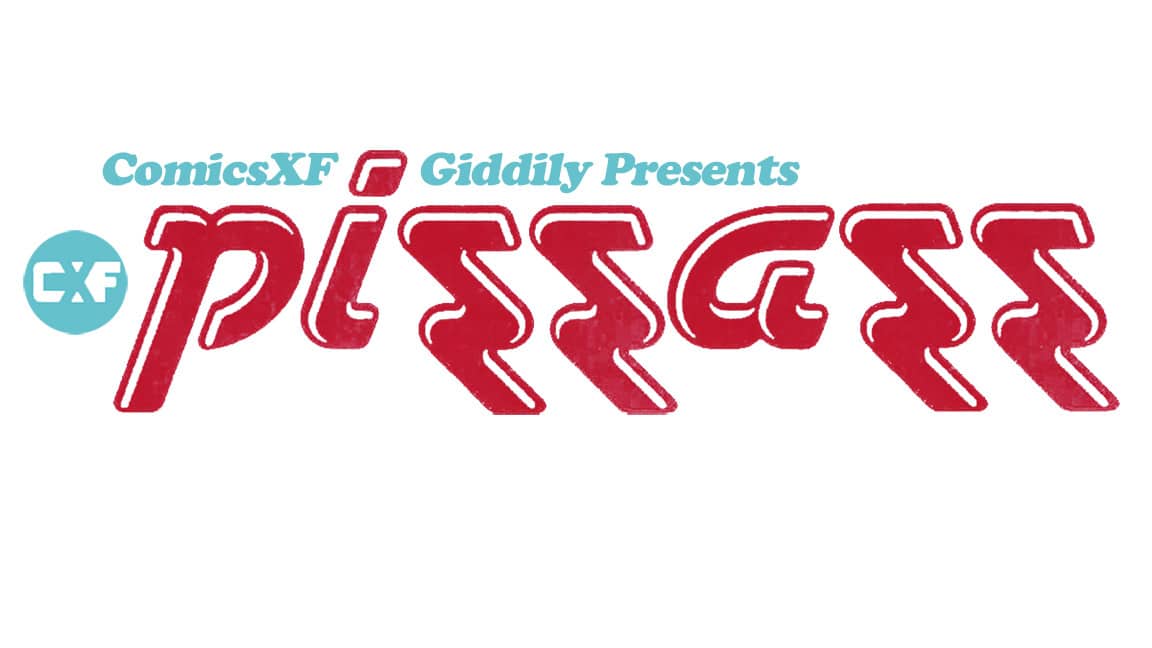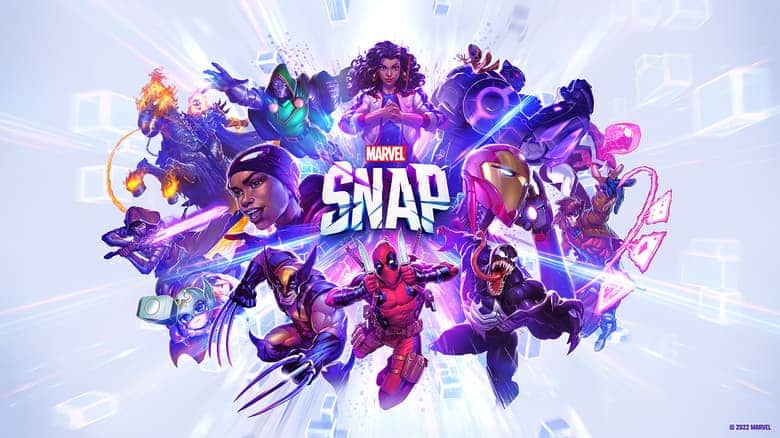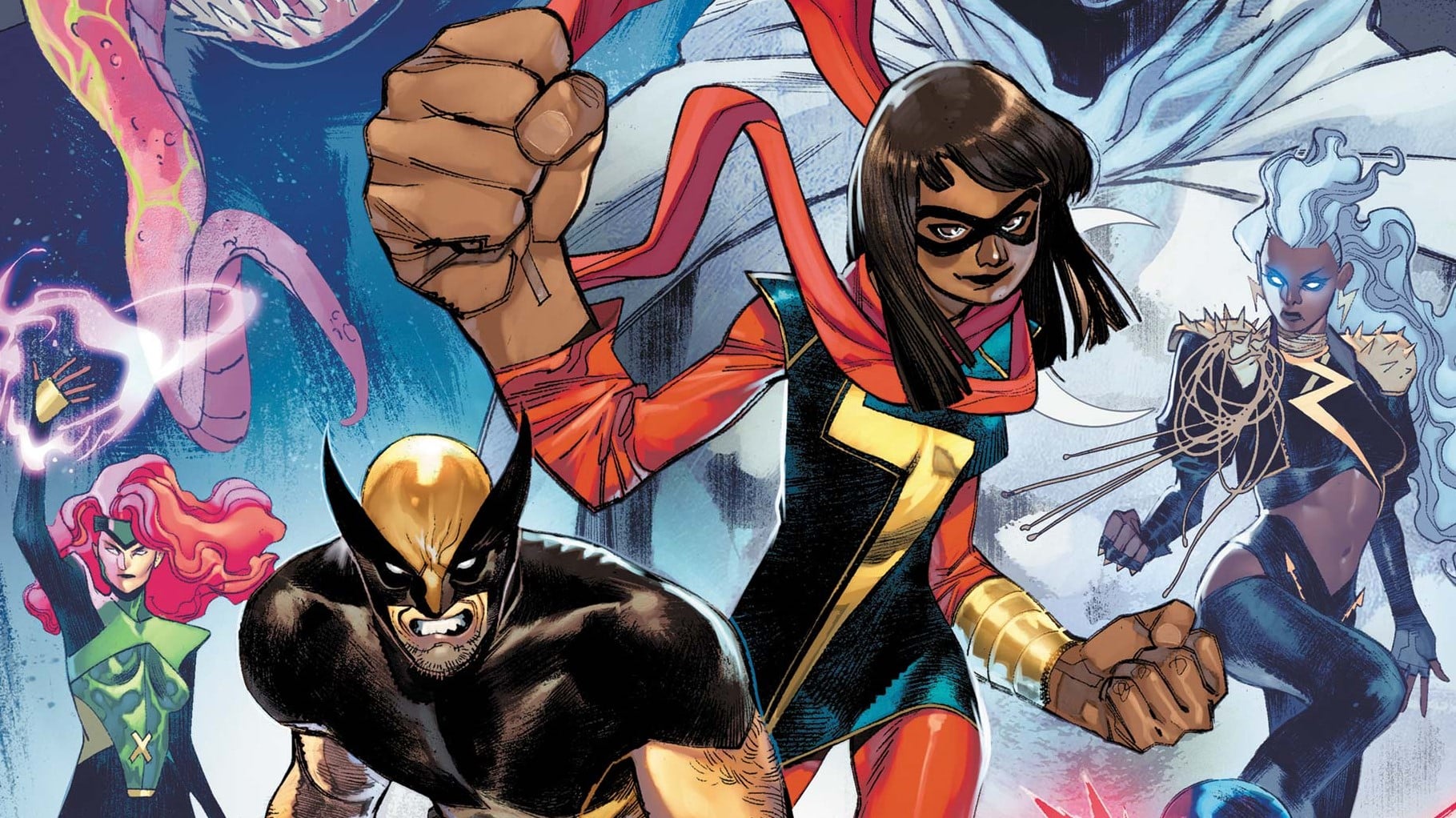Punk rock is a subgenre of rock music that usually brings to mind white music artists such as Patti Smith and The Sex Pistols. Yet punk rock and rock music in general wouldn’t be where it is without Sister Rosetta Tharpe, Poly Styrene, Death, and other Black artists that have been there from the start.
Given how Black rock musicians are often overlooked, it is heartening to see other Black rock music fans attempt to rectify this. One of the latest efforts comes in the form of issue 0 of Raeghan Buchanan’s stunning comic zine The Secret History of Black Punk. As writer and artist, Raeghan Buchanan chronicles Black punk rock artists past and present in a striking and informative manner.

The comic begins in the 1930’s with the late great Sister Rosetta Tharpe, a Black woman who began as a gospel singer before combining her church roots with secular music influences of jazz and blues and an electric guitar to become known as The Godmother of Rock n Roll. The darker grays and blue inks to give it the feel of a history lesson, before giving Sister Rosetta a blush of red to showcase the passionate woman she would become.
The book then continues to the 1970s, the decade punk rock is most associated with. Starting with Death before continuing to well known and lesser known acts such as Pure Hell, Bad Brains, and ESG, this section combines art, color, and text in a way that is eye-catching and readable without being overwhelming. For instance, the pages focusing on Pure Hell feature black and red lettering and text boxes with a sprinkle of green that compliment the flamboyant and cool artist rendering of the band members.

Another notable feature of this section is how it focuses on not only bands, but also people who were active in the punk rock scene but aren’t strictly musicians. There is a black and white section dedicated to DJ, musician, and filmmaker Don Letts, who has a pencil portrait along with a quote in bold black lettering that states, “Punk is not mohawks and safety pins; it’s an attitude and a spirit with a lineage and a tradition.”
Some personal favorite pages from this section focus on Karla “Maddog” Duplanter, a Black woman who became a punk rock drummer after listening to The Ramones on the radio. Her story is told in several colored panels with black lettering, culminating in her playing drums at this punk rock joint called The Masque before being recruited to the band known as The Controllers. The art has a contrast between Karla,in color, and everything else, in black and white. a visual representation of what it is like to be the only person of color in a white dominated field.

Bridging the gap between the 70’s and the present day, a retrospective on punk music from cultural author Hanif Abdurraqib and a profile on punk musician Bobby Porter. Hanif Adurraqib’s words make you consider the zine as a whole, but the lasting impression is somewhat diminished by where it is placed in the zine. A critique of punk he states is, “Mainstream punk spaces are still too white, too male, too cis, and are seemingly unwilling to imagine themselves out of that way of thinking.”
As for the profile on Bobby Porter, it is a moving tribute to the late musician featuring both color and black and white portraits of him. The art is also a fitting testament to his life, as a quick Google Search reveals that Bobby Porter had been active as a musician from the 80’s to the end of his life in 2010. His profile serves as a bridge between the past and the present as the zine moves on to Black punk acts of the 2010’s.
Some pages that stood out to me with a prominent double page spread are the ones focusing on the band Killer of Sheep. Not only do they highlight the group in a heavily brown, black, and red portrait, but also the band’s lyrics in red, black and blue, text. The latter is significant given that the lyrics discuss police brutality: “Jordan Miles, beaten for the color of his skin. He was an honor student, no guns, no drugs! Listen, in America it is illegal to be poor!”

On a personal note, I was happy to see the Black UK rock duo Nova Twins included in this section. The artistic portraits of them are cool, with black, pink, and blue inks and the blue and pink paragraph provides a concise introduction to who they are.
The Secret History of Black Punk was a riveting read. Raeghan Buchanan’s heavy inked art style is as bold as the music artists he discusses. No matter your knowledge level of punk rock, you will learn something from this. Hopefully, there will be more of this series to come. There are so many unsung Black punk rock artists from the past and present, such as Tina Bell and Fefe Dobson. It’s past time to show that Black artists have always been rocking out, putting up a middle finger to societal expectations and oppression.

Latonya Pennington
Latonya Pennington is a freelance contributor whose comics criticism can be found at Women Write About Comics, Comic Book Herald, Newsarama and Shelfdust, among others.





